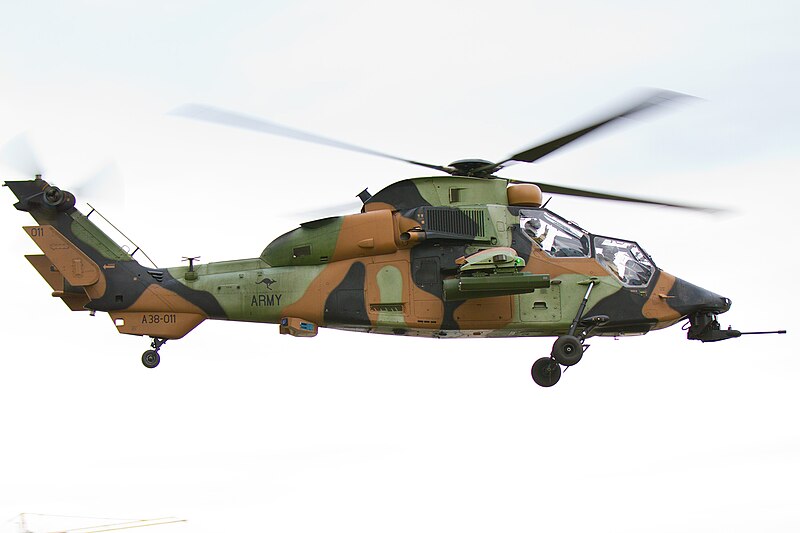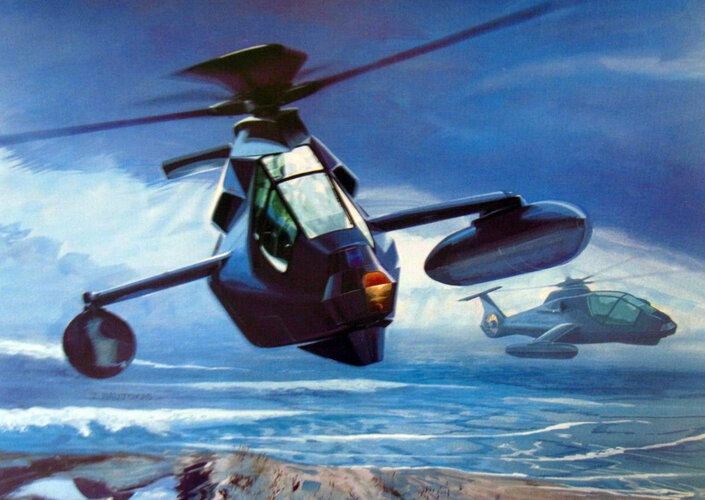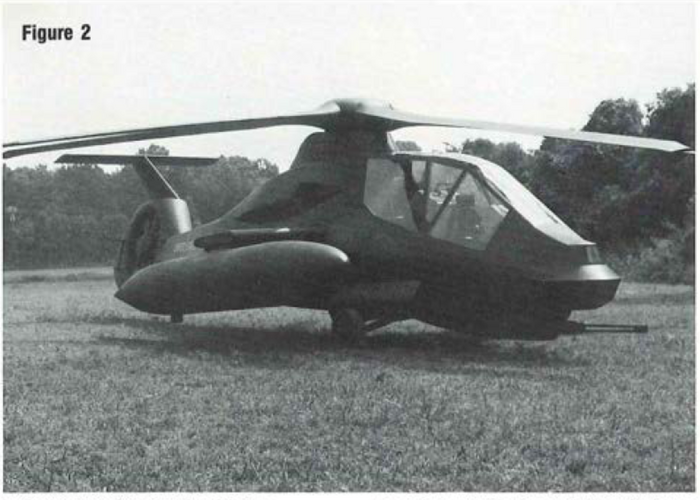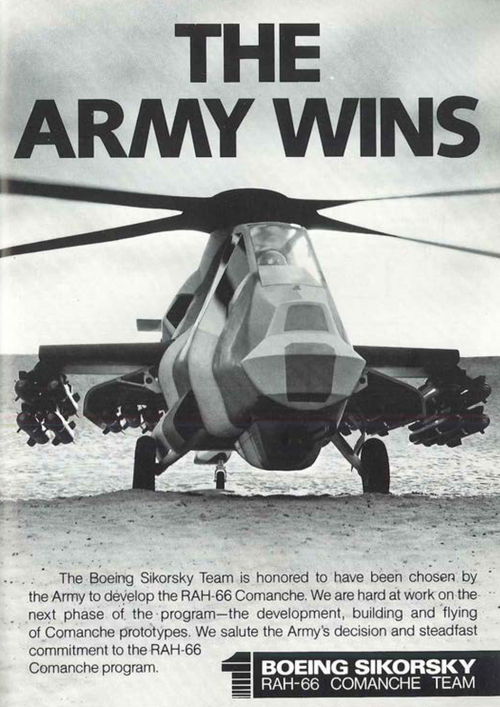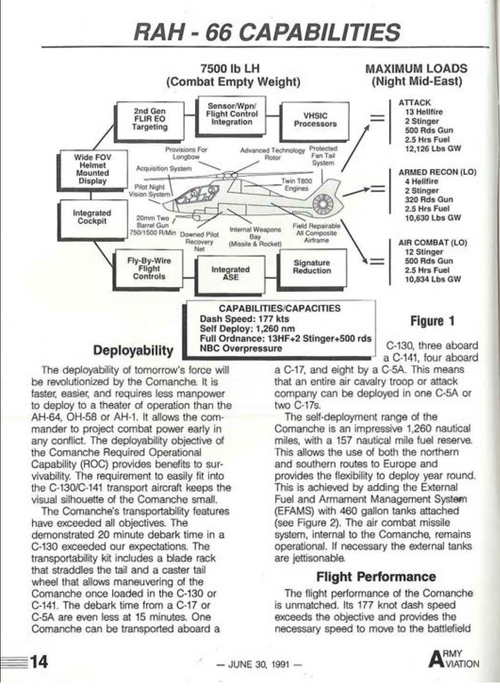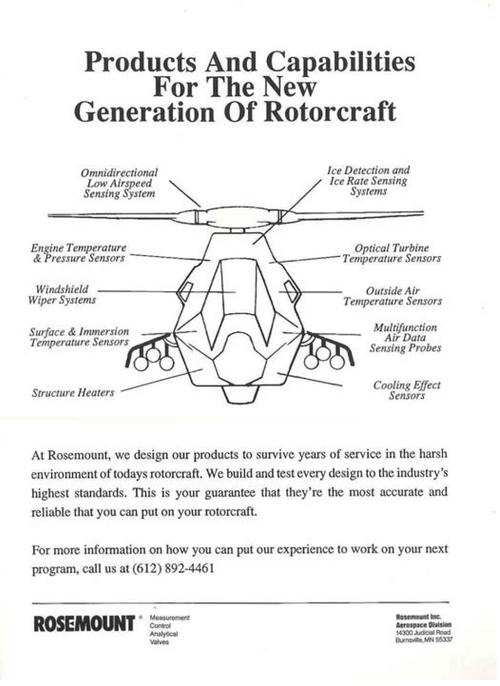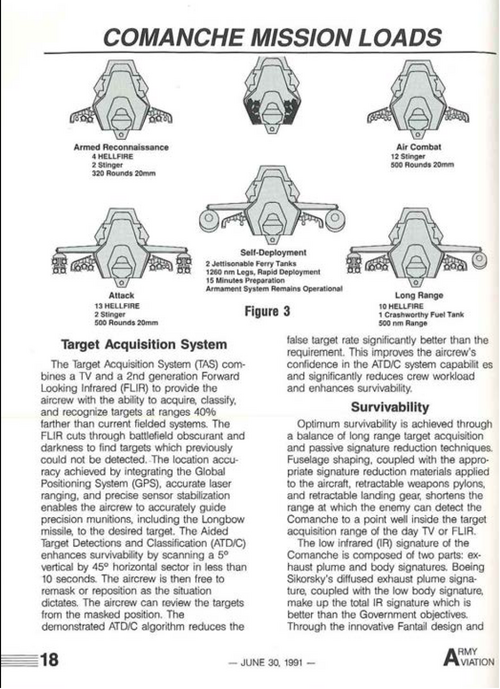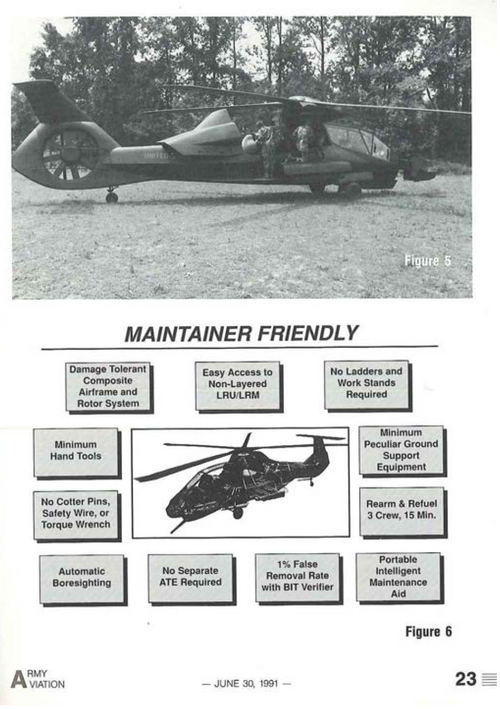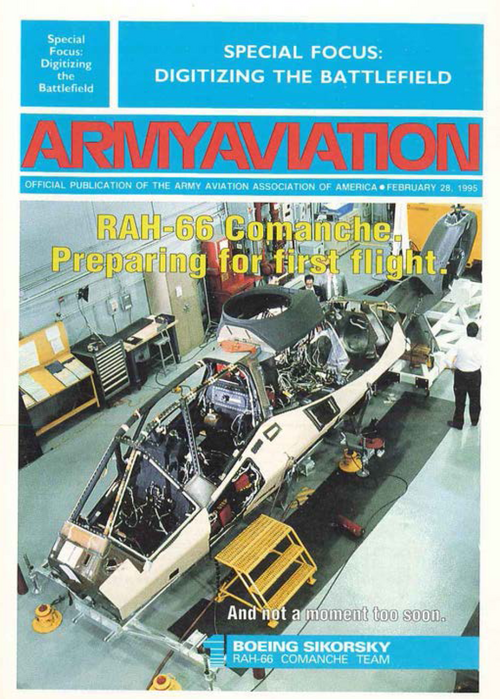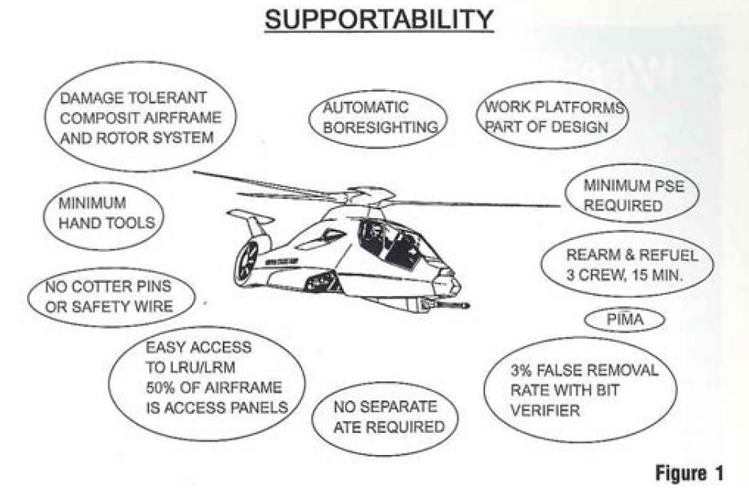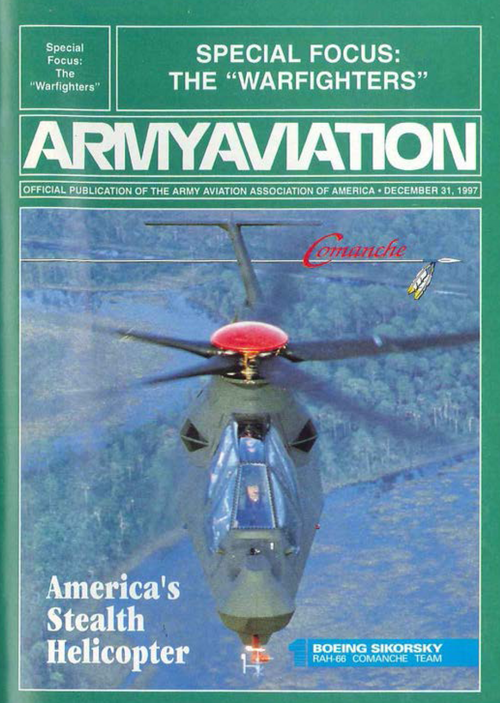1635yankee
Recovering aeronautical engineer
- Joined
- 18 August 2020
- Messages
- 461
- Reaction score
- 560
I was somewhat involved in the Comanche program, mostly in LO analysis. Early on, the Army dictated that it use a conventional configuration (this is about when the tilt rotor concept began to be taken very seriously). There were a lot of other configuration issues bruited about, which I don't feel particularly comfortable discussing because a) they were about 40 years ago and b) I don't know what may still be classified or proprietary.
Other than being a much more attractive aircraft than the AH-64, a helicopter than was not only hit by an ugly stick but beaten severely, the RAH-64 was probably, overall, more capable in most things other than raw weapons load.
Other than being a much more attractive aircraft than the AH-64, a helicopter than was not only hit by an ugly stick but beaten severely, the RAH-64 was probably, overall, more capable in most things other than raw weapons load.

